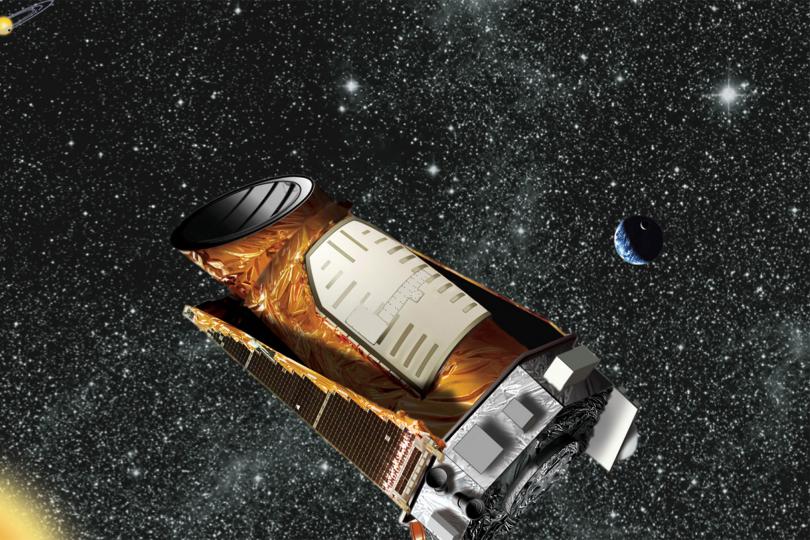-
Tips for becoming a good boxer - November 6, 2020
-
7 expert tips for making your hens night a memorable one - November 6, 2020
-
5 reasons to host your Christmas party on a cruise boat - November 6, 2020
-
What to do when you’re charged with a crime - November 6, 2020
-
Should you get one or multiple dogs? Here’s all you need to know - November 3, 2020
-
A Guide: How to Build Your Very Own Magic Mirror - February 14, 2019
-
Our Top Inspirational Baseball Stars - November 24, 2018
-
Five Tech Tools That Will Help You Turn Your Blog into a Business - November 24, 2018
-
How to Indulge on Vacation without Expanding Your Waist - November 9, 2018
-
5 Strategies for Businesses to Appeal to Today’s Increasingly Mobile-Crazed Customers - November 9, 2018
NASA’s planet-hunting Kepler spacecraft in emergency mode
Scientists and engineers have regained contact with the Kepler Space Telescope after it went into an emergency mode last week.
Advertisement
“It was the quick response and determination of the engineers throughout the weekend that led to the recovery”, wrote Charlie Sobeck, manager of the Kepler and K2 missions at NASA’s Ames Research Center, in an online update. The last regular contact with Kepler took place on April 4.
After completing its initial mission in 2014 detecting exoplanets (planets that orbit stars other than our sun), Kepler was given an additional task known as K2. NASA is now scrambling to get the space telescope back up and running from more than 120 million km (75 million miles) away. However, mission engineers worked out a way to steer the spacecraft-not as well as before, but good enough-using a combination of its thrusters, the surviving reaction wheels, and the pressure of sunlight on its solar panels. The mission was placed in “emergency mode” on April 7, about 14 hours before it was to begin Campaign 9 by turning its focus to the central Milky Way.
An undated file artists concept provided by NASA shows the Keplar Spacecraft moving through space.
Kepler needs its fuel to ignite its thrusters and also to orient the spacecraft so it is able to check-in with the Kepler team on Earth. An investigation into what caused the event will be pursued in parallel, with a priority on returning the spacecraft to science operations.
“The mission has declared a spacecraft emergency, which provides priority access to ground-based communications at the agency’s Deep Space Network”, according to a statement issued by NASA overnight. But NASA engineers performing a check found Kepler locked in EM after an unexplained fault.
Kepler technically finished its original mission in 2012, but because it was so successful the mission has been indefinitely extended so that Kepler can continue looking for astronomical objects.
A year ago alone, Kepler discovered what Nasa’s scientists called the Earth’s “closest twin” outside the solar system; a rocky world in the habitable zone of another star; a freakish dimming pattern from a faraway star; and the first supernova shockwave ever seen with visible light.
Advertisement
In October 2015, Kepler discovered what some claimed was an alien superstructure orbiting a distant star 1,500 light years away from Earth.




























